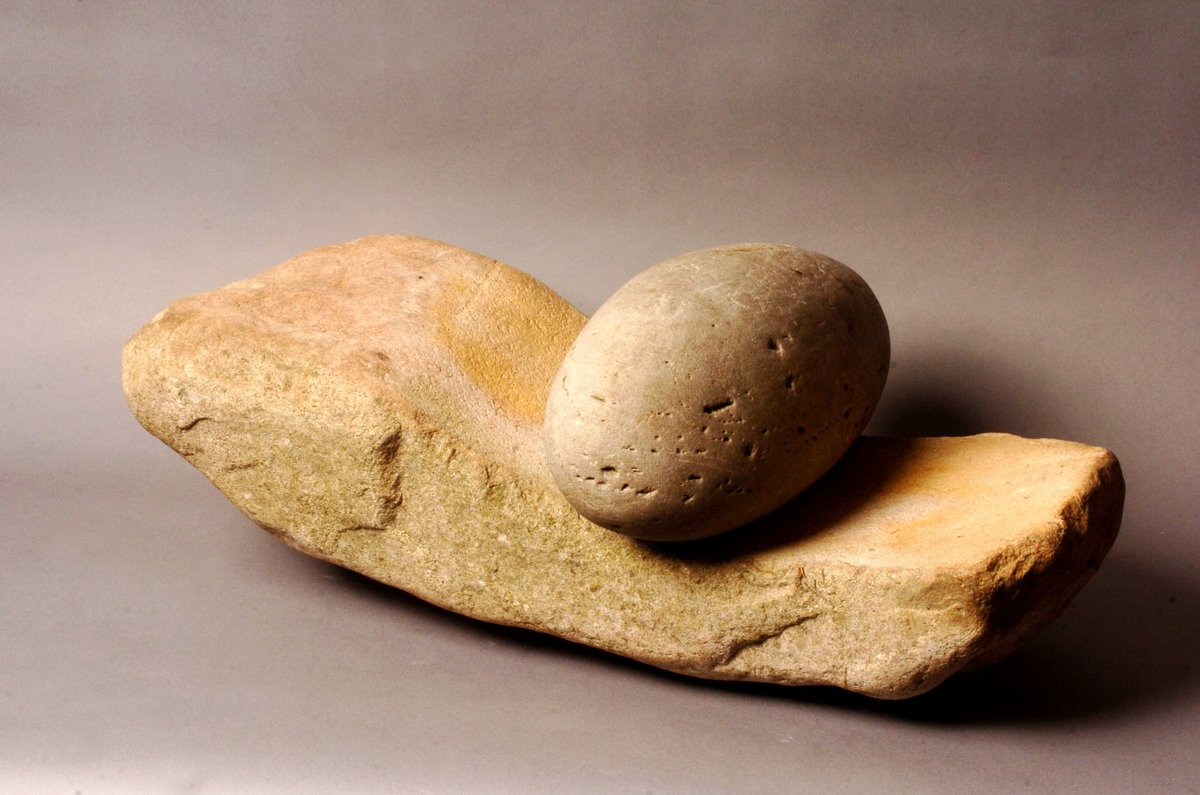
The word staddle comes from the Old English word stathol or base. Granary sitting on staddle stones at the Weald and Downland Open Air Museum. The air could freely circulate beneath the stored crops and this helped to keep it dry. Just looking at these “base supports” one can see its functionality: the base stones taper towards the top with an overlapping cap stone placed above, making it almost impossible for a rodent to climb up and into the hay or grain stored above. However a conical base would indicate a staddle stone from Hampshire. Always carved from the local stone, the archetypal (very typical of a certain kind of person or thing) four-sided stone base with circular cap is common to the Cotswolds, Many staddle or saddle stones are covered with lichen which adds to their value.Īs with hay carts, shapes of saddle stones are peculiar to counties and regions. However, some (but not typically) staddles were also made of iron as shown below holding up a hayrick. Over time it was realized that original wooden structures used for support were not as long lived AND could not support weight as nicely as stone. Whether these were used in France as support systems or for grinding as the quern stone, leads us to believe because of Frances’ proximity to Spain they very well could have adapted the practice.īelow are bee hives being kept off the ground by the saddle stones. These magical toadstool like stone structures, found in England and northern Spain, often times they make their way across the border into France - These functional stones (originating in medieval times) were used as agricultural building supports, holding up granaries, haystacks and beehives to allow air circulation underneath. They can be mainly found used as support devices in England, Galicia and Asturias (Northern Spain). These two saddle stones were recently housed at our Architectural Antique Shop -RF ANTIQUES- but, because they are quite coveted by avid gardeners or those wanting to own a piece of history and something unusual, we do not keep them long in our courtyard!īelow you can see how the stones support a wooden structure.

They were practical foundation stones which kept wooden structures from rotting, with the cap also acting as a barrier to vermin trying to gain access to stores of hay, grain or game. They date from the 17th and 18th centuries and were developed through “need”. Many times these stones were made of a single stone, but most often the merging of the two shapes. The Staddle or Saddle Stone: It is a low mushroom shaped stone arrangement of a conical bottom (cone like shape) with a flat or slightly domed shaped circular stone resting on top.


 0 kommentar(er)
0 kommentar(er)
